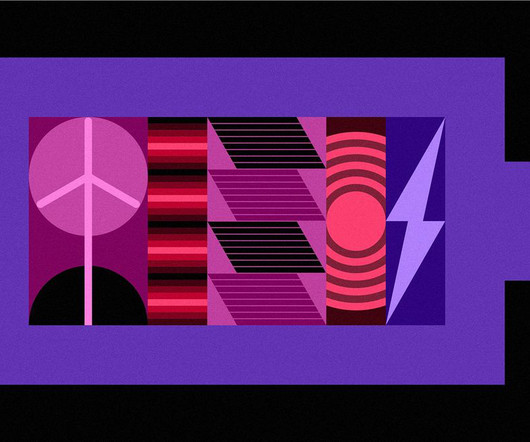UMD/USARL team develops “water-in-salt” electrolyte enabling high-voltage aqueous Li-ion chemistries
Green Car Congress
NOVEMBER 23, 2015
V) of the chemistries, because the ester-based solvents are highly flammable and reactive with the charged electrodes, and the lithium salt (LiPF 6 ) is thermally unstable and extremely toxic. Most of these concerns come from the nonaqueous electrolytes needed to withstand the high voltages (>3.0


















Let's personalize your content